Plywood face grades refer to the quality and appearance of the veneer on the surface of the plywood panel. These grades are typically determined by the number and size of defects, as well as the overall appearance of the wood surface. Different grading systems are used in various regions, and while the specific terms may vary, the general principles remain consistent.
Here are common plywood face grades:
A Grade:
Description: A Grade is the highest quality and appearance grade for plywood. It is characterized by a smooth, sanded surface with minimal defects.
Typical Characteristics: Few or no knots, discoloration, or patches. The wood surface is uniform and free of voids.
B Grade:
Description: B Grade is a step below A Grade and may have more noticeable defects, but it still provides a decent appearance.
Typical Characteristics: Small knots, discoloration, and patches are permissible. The surface is generally smooth but may have some variations.
C Grade:
Description: C Grade allows for a greater number of defects than A and B Grades. It is often used in applications where appearance is less critical.
Typical Characteristics: Larger knots, patches, and other imperfections are acceptable. The surface may have variations in color and texture.
D Grade:
Description: D Grade is the lowest face grade and is used where the appearance of the plywood is not a primary consideration.
Typical Characteristics: Numerous knots, voids, patches, and other defects are allowed. The surface may be rough, and color variations are common.
Post time: Aug-15-2023




